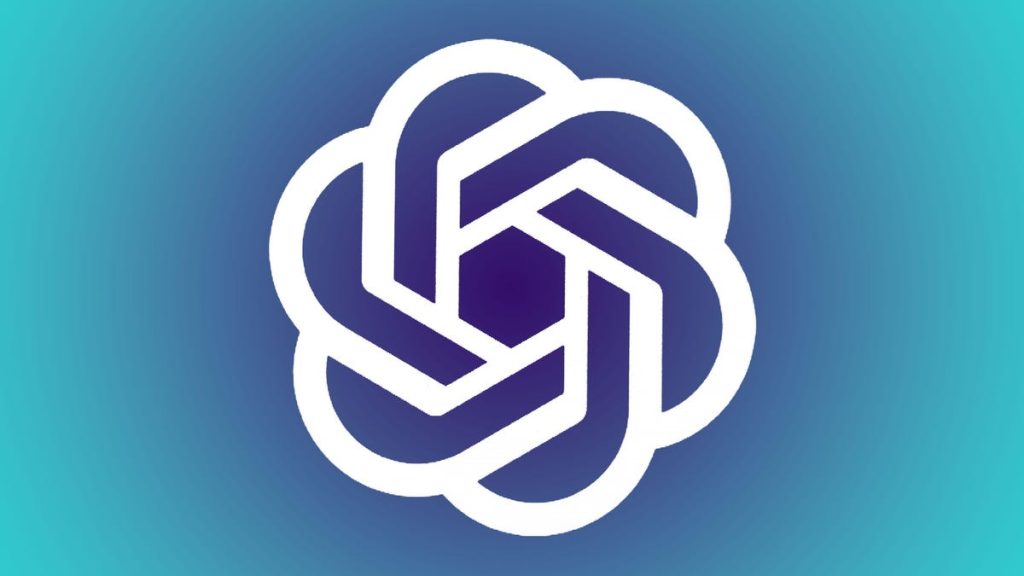OpenAI recently introduced a new flagship model called GPT-4o, alongside changes to its user interface. This model aims to improve conversations with ChatGPT, which initially launched in November 2022 and sparked a new wave of generative AI products. The GPT-4o model is expected to provide more conversational interactions and offer better responses, catering to both free and paid users. Several other companies have also developed their own AI chatbots following the success of ChatGPT, leading to a growing trend in consumer-friendly AI technology. OpenAI’s announcement came just ahead of Google’s I/O developer conference and Apple’s WWDC, where AI is also expected to play a significant role.
The GPT-4o model promises to bring GPT-4-level intelligence to users, including those on the free version of ChatGPT. Paid users will have access to additional features and benefits, such as five times the capacity limit of free users, faster processing speeds, and a more cost-effective solution compared to previous models. The new model will support 50 languages and is set to be integrated into the API for developers to utilize. OpenAI has been focusing on making AI more accessible to users, as seen in recent updates that include a desktop app and a refreshed UI for enhancing the conversational experience with ChatGPT.
The updated user interface aims to provide a more natural and intuitive interaction with ChatGPT, allowing users to engage in real-time conversational speech. This new functionality enables users to interrupt the model, express emotions, and seamlessly continue the conversation. Users can initiate conversations with ChatGPT using familiar phrases like “Hey, ChatGPT” and also engage with the AI through different mediums such as video, screenshots, and documents. These new features enable users to share multimedia content, ask questions based on visual input, and conduct advanced data analysis within the chat platform.
In addition to the enhanced conversational capabilities, ChatGPT now supports video interactions, enabling users to seek help with visual tasks like solving math problems. Users can upload screenshots, photos, and documents, as well as ask ChatGPT to retrieve information from previous conversations or conduct data analysis. OpenAI has also introduced data analysis features for different subscription tiers, allowing users to upload files from Google Drive and Microsoft OneDrive, interact with tables and charts, and customize and download charts. These updates are part of OpenAI’s ongoing efforts to improve the user experience and expand the capabilities of its AI platform.
The introduction of the GPT-4o model and the accompanying changes to the user interface represent OpenAI’s commitment to advancing AI technology and making it more accessible to users. By enhancing conversational capabilities, supporting multimedia interactions, and introducing new data analysis features, OpenAI is catering to a diverse range of users and use cases. The evolution of ChatGPT and similar AI chatbots reflects a broader trend in the industry toward democratizing AI technology and empowering users with powerful tools for communication and problem-solving. With continued innovation and improvements, AI-powered chat platforms are likely to become an integral part of everyday interactions and workflows for individuals and businesses alike.












